Jeremy Oorloff
Wound3DAssist: A Practical Framework for 3D Wound Assessment
Aug 25, 2025Abstract:Managing chronic wounds remains a major healthcare challenge, with clinical assessment often relying on subjective and time-consuming manual documentation methods. Although 2D digital videometry frameworks aided the measurement process, these approaches struggle with perspective distortion, a limited field of view, and an inability to capture wound depth, especially in anatomically complex or curved regions. To overcome these limitations, we present Wound3DAssist, a practical framework for 3D wound assessment using monocular consumer-grade videos. Our framework generates accurate 3D models from short handheld smartphone video recordings, enabling non-contact, automatic measurements that are view-independent and robust to camera motion. We integrate 3D reconstruction, wound segmentation, tissue classification, and periwound analysis into a modular workflow. We evaluate Wound3DAssist across digital models with known geometry, silicone phantoms, and real patients. Results show that the framework supports high-quality wound bed visualization, millimeter-level accuracy, and reliable tissue composition analysis. Full assessments are completed in under 20 minutes, demonstrating feasibility for real-world clinical use.
Syn3DWound: A Synthetic Dataset for 3D Wound Bed Analysis
Nov 27, 2023


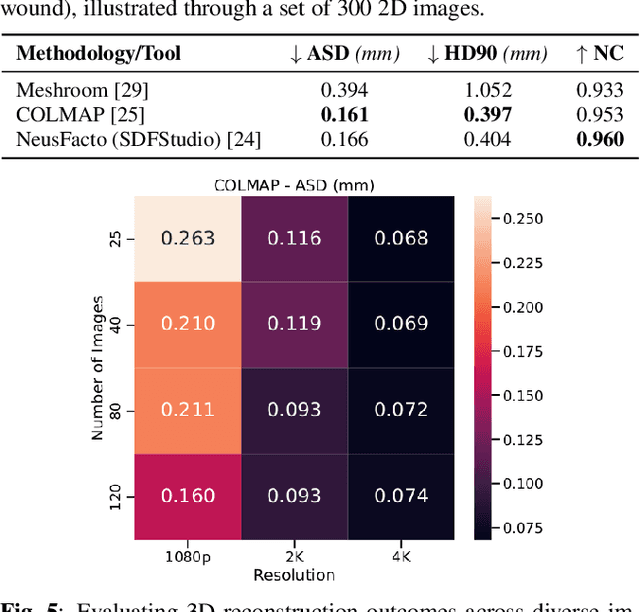
Abstract:Wound management poses a significant challenge, particularly for bedridden patients and the elderly. Accurate diagnostic and healing monitoring can significantly benefit from modern image analysis, providing accurate and precise measurements of wounds. Despite several existing techniques, the shortage of expansive and diverse training datasets remains a significant obstacle to constructing machine learning-based frameworks. This paper introduces Syn3DWound, an open-source dataset of high-fidelity simulated wounds with 2D and 3D annotations. We propose baseline methods and a benchmarking framework for automated 3D morphometry analysis and 2D/3D wound segmentation.
Automatic Illumination Spectrum Recovery
May 31, 2023Abstract:We develop a deep learning network to estimate the illumination spectrum of hyperspectral images under various lighting conditions. To this end, a dataset, IllumNet, was created. Images were captured using a Specim IQ camera under various illumination conditions, both indoor and outdoor. Outdoor images were captured in sunny, overcast, and shady conditions and at different times of the day. For indoor images, halogen and LED light sources were used, as well as mixed light sources, mainly halogen or LED and fluorescent. The ResNet18 network was employed in this study, but with the 2D kernel changed to a 3D kernel to suit the spectral nature of the data. As well as fitting the actual illumination spectrum well, the predicted illumination spectrum should also be smooth, and this is achieved by the cubic smoothing spline error cost function. Experimental results indicate that the trained model can infer an accurate estimate of the illumination spectrum.
A Hyperspectral and RGB Dataset for Building Facade Segmentation
Dec 06, 2022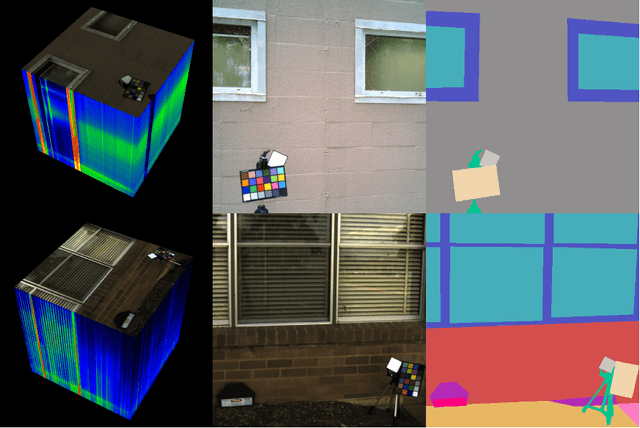

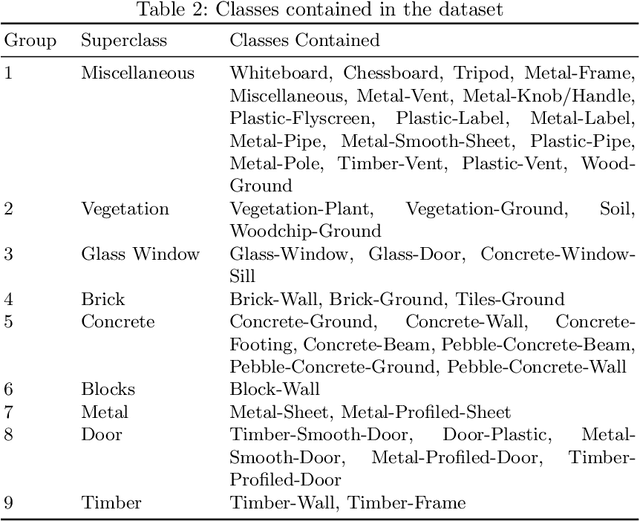
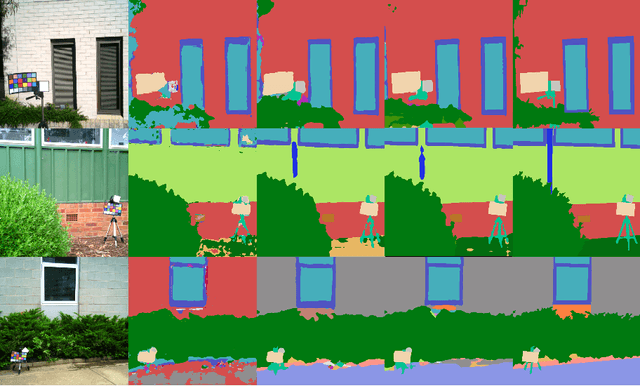
Abstract:Hyperspectral Imaging (HSI) provides detailed spectral information and has been utilised in many real-world applications. This work introduces an HSI dataset of building facades in a light industry environment with the aim of classifying different building materials in a scene. The dataset is called the Light Industrial Building HSI (LIB-HSI) dataset. This dataset consists of nine categories and 44 classes. In this study, we investigated deep learning based semantic segmentation algorithms on RGB and hyperspectral images to classify various building materials, such as timber, brick and concrete.
A Real-time Edge-AI System for Reef Surveys
Aug 01, 2022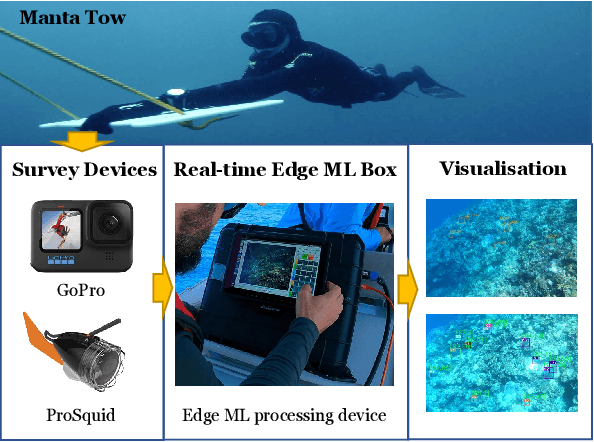
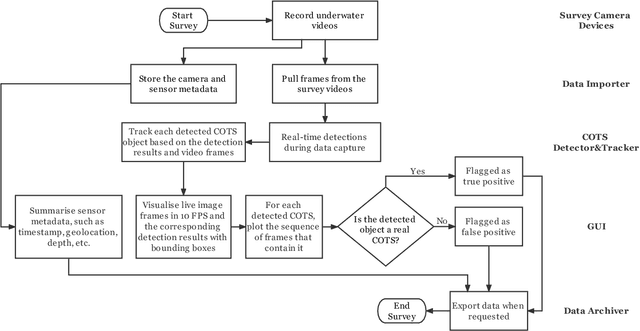
Abstract:Crown-of-Thorn Starfish (COTS) outbreaks are a major cause of coral loss on the Great Barrier Reef (GBR) and substantial surveillance and control programs are ongoing to manage COTS populations to ecologically sustainable levels. In this paper, we present a comprehensive real-time machine learning-based underwater data collection and curation system on edge devices for COTS monitoring. In particular, we leverage the power of deep learning-based object detection techniques, and propose a resource-efficient COTS detector that performs detection inferences on the edge device to assist marine experts with COTS identification during the data collection phase. The preliminary results show that several strategies for improving computational efficiency (e.g., batch-wise processing, frame skipping, model input size) can be combined to run the proposed detection model on edge hardware with low resource consumption and low information loss.
 Add to Chrome
Add to Chrome Add to Firefox
Add to Firefox Add to Edge
Add to Edge